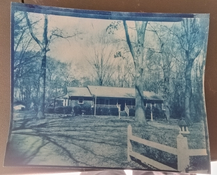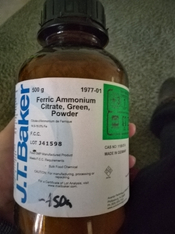Dan Dozer
Subscriber
- Joined
- Dec 10, 2004
- Messages
- 411
- Format
- Large Format
My thoughts here on this. While I don't do a lot of Cyanotype anymore I have done both with the old and the new process. The new process produced much better looking tones and color of cyanotype prints for my taste, but it was much more "sensitive" to the actual paper used. Some papers I thought would work just didn't work well at all. The give away is after you coat with the new process emulsion, if it ends up kind of greenish looking when it dries instead of yellow, you will likely have problems with things like blochiness in the print and bad looking final results. I found that the the higher quality papers used in alt processes like Hahnamuele Platinum Rag work very well, but they are more expensive. The old process seemed to be much more forgiving. I've shopped around before for different papers to experiment with. Some of those I thought would work for things like Bromoils (which needs to endure very long soaking times in water) don't hold up well, but were fine for Cyanotype because the time in the water isn't nearly as long. Water color paper isn't expensive. Just buy some and try it out. However, try to get smoother paper rather than highly textured water color paper or you might be disappointed with the results.















